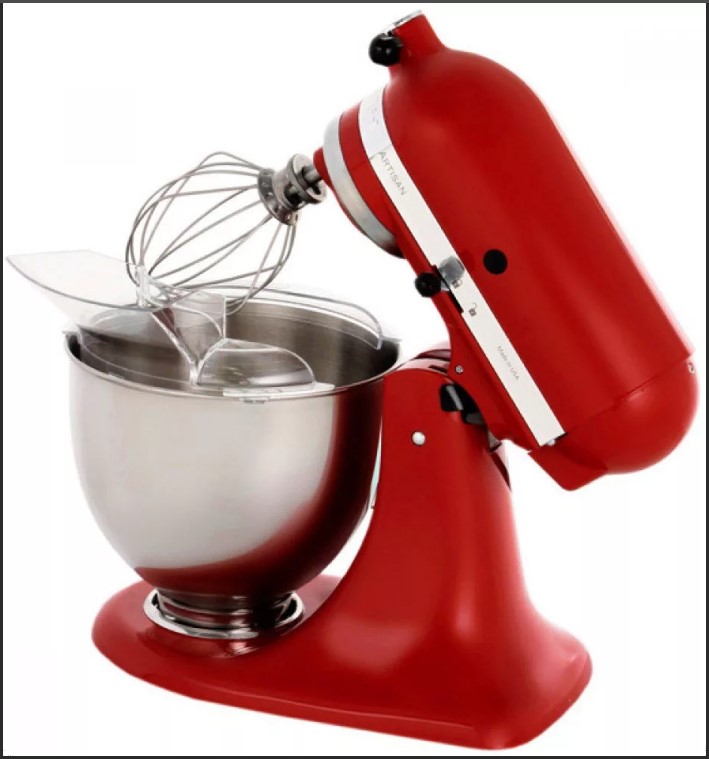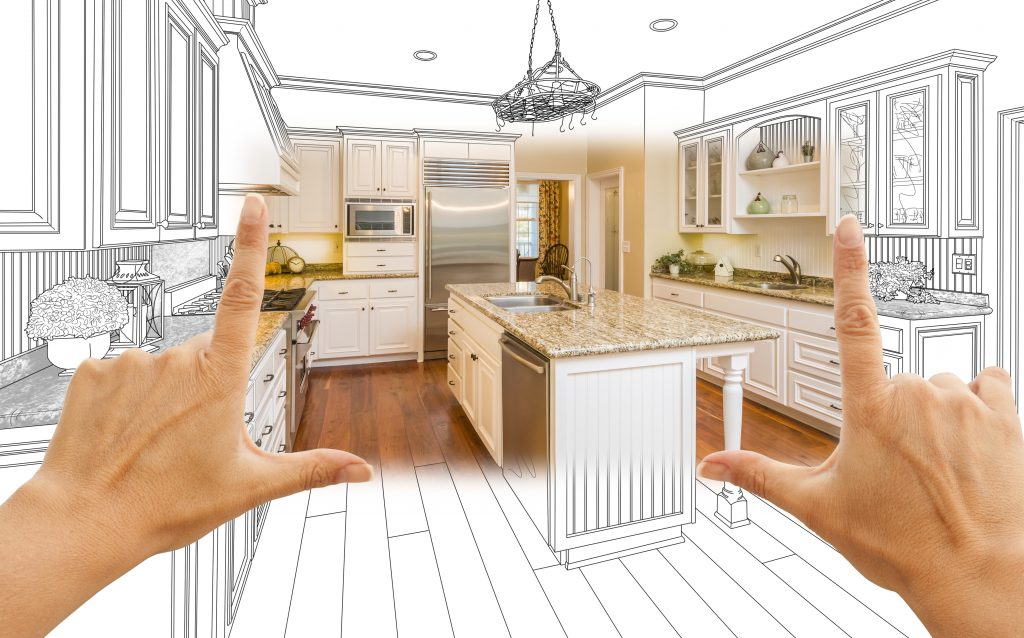How to choose a cutting board
A cutting board is one of the most necessary items in the kitchen. Without it, it is impossible to cut bread or make a sandwich, crumble a salad or fry potatoes. No, of course, all this can be done on a plate or countertop. But why make such sacrifices when it’s easier to buy an ordinary cutting board, or better yet several.

Advice! A beautiful cutting board or a whole set of such devices can be an excellent gift for almost any woman. And it will also be quite useful for a lonely man.
A cutting board will help you carefully cut food, keep the countertop intact and protect it from excess moisture, and bring the chopped food safely to a frying pan or plate. Sometimes such a device is used for simple table setting, for example, during a quick breakfast or snack.
The content of the article
How many boards should a housewife have?
In general, every housewife determines this amount independently. Some people get by with one, some have several of these items, and some have a whole dozen of them. In large professional kitchens, separate boards are used for cutting each type of product (meat, fish, vegetables, fruits, bread, sausage, and so on).
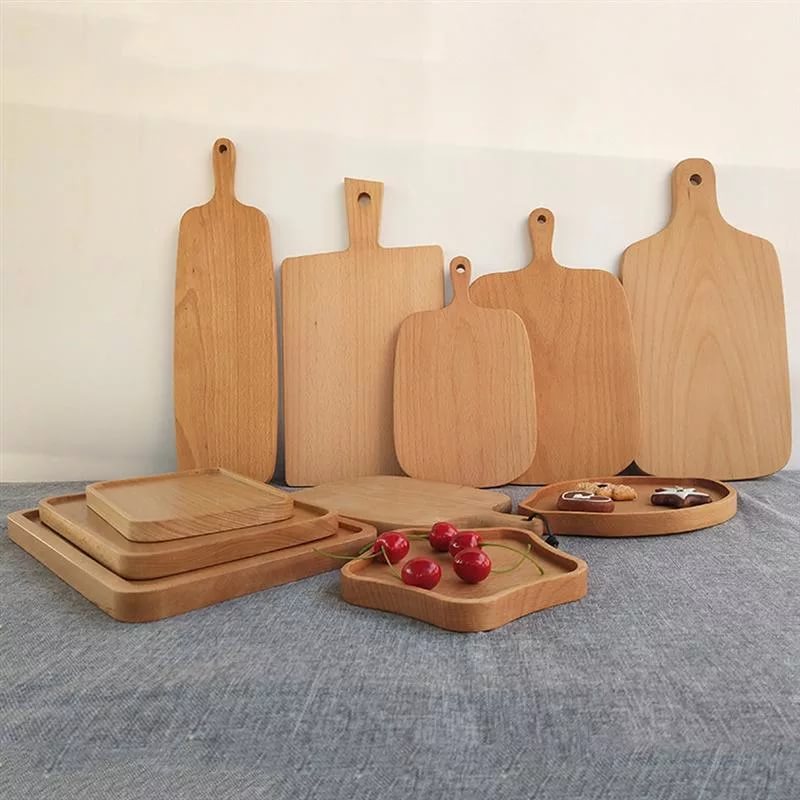
Reference! Home kitchens usually have 3-4 boards for cutting food:
- dfor raw meat;
- fish;
- vegetables, fruits and boiled products;
- bread board.
It would be nice to buy a separate board for onions and garlic. But this completely depends on the wishes of the hostess. And also on the frequency of use of these odorous products.
Important! This separation will help prevent the spread of bacteria from raw foods and prevent the smells and tastes of cooked foods from mixing.
How to choose a cutting board
There are no strict rules in this matter. For some, the strength and reliability of a product is important. Some people are sure that the main thing will be environmental friendliness and the fact that it will not absorb odors. And some consider versatility and attractive appearance to be the main advantages. However, there are parameters that you need to pay attention to.
Size
The simplest rule: a big family means a big board. Size will matter if the housewife likes to tinker with products.
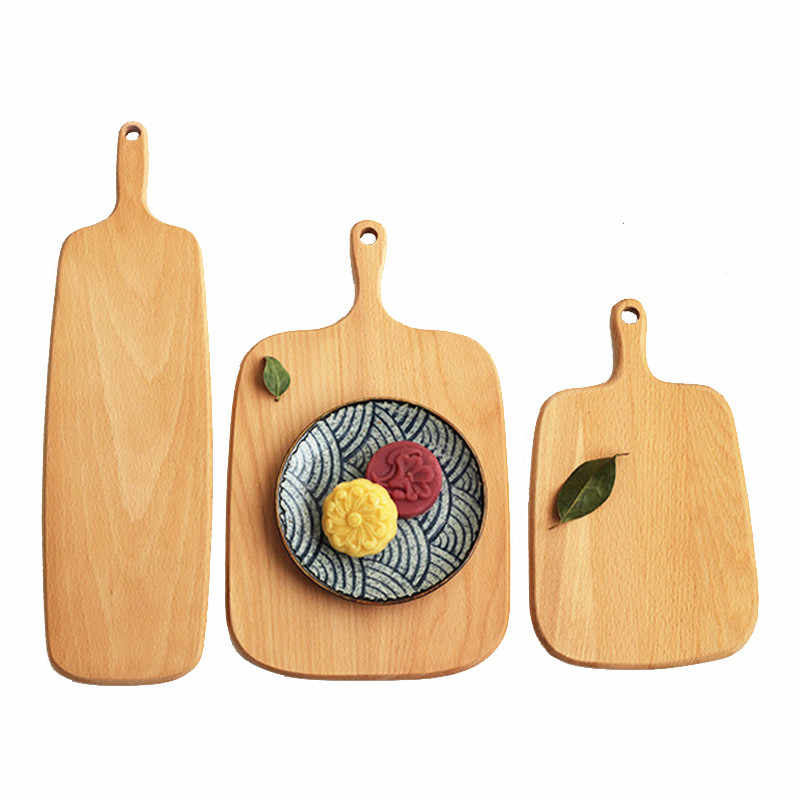
But for a small family that prefers boiled pasta for food, a small device for cutting food is quite suitable.
Reference! It is believed that small boards (20 × 30 cm) are suitable for all products indiscriminately. But it is better to cut meat and fish on larger boards (30 × 50 cm). The thickness of the board for meat and fish should also be greater.
Form
It matters more for the design of the kitchen than for functionality. Although a board in the shape of fish, lemon, tomato and other goodies will help determine what to use for what.
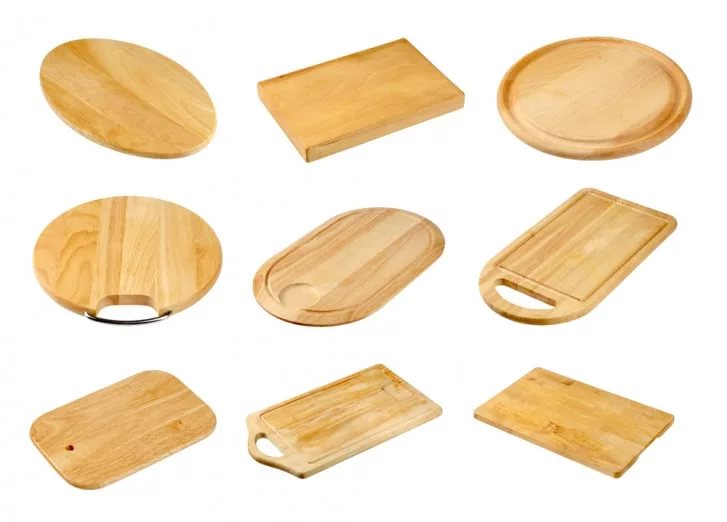
Often the boards have grooves to prevent juice from dripping, hanging devices, comfortable handles, and a trash container. All this makes the housewife’s life a little easier, and her workplace more convenient.
Material
The materials used to make important kitchen utensils vary.
Tree
The most convenient, familiar and loved material by many.This is a timeless classic.

Devices made from wood are strong, durable, and environmentally friendly. They fill the kitchen with homely warmth and comfort and do not dull the knives.
However cheap boards can become deformed from moisture and quickly become thinner, leaving their particles on the cut products. Knife marks may remain on them.
Harder wood species are practically devoid of these disadvantages, but have a high cost.
Important! You should be careful when handling boards glued together from several pieces. If these products are not glued correctly, they can delaminate and transfer glue particles to food.
Plastic
An elegant, bright material that perfectly decorates the kitchen. Such boards will not get wet even after a long stay in water. They are practical, durable, do not absorb odors and are easy to care for.
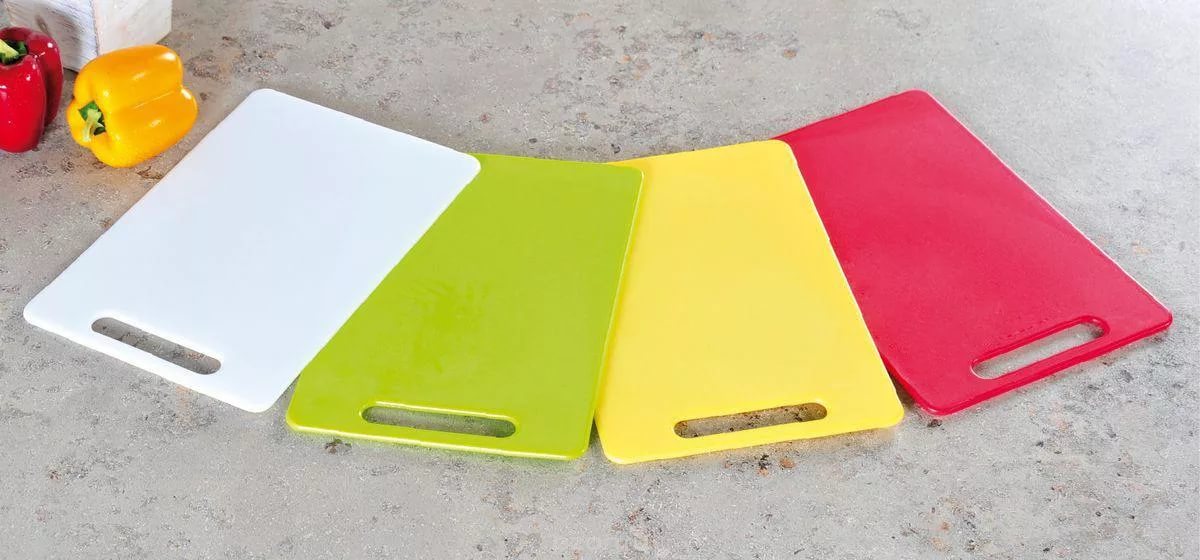
However, such boards the knives quickly become dull, slide across the table, and the food on them is also extremely unstable (especially vegetables and fruits). Very often these things are quite noisy when cutting.
Glass
New for boards and very beautiful material. Caring for such boards is as simple as possible, and they are also do not absorb odors.
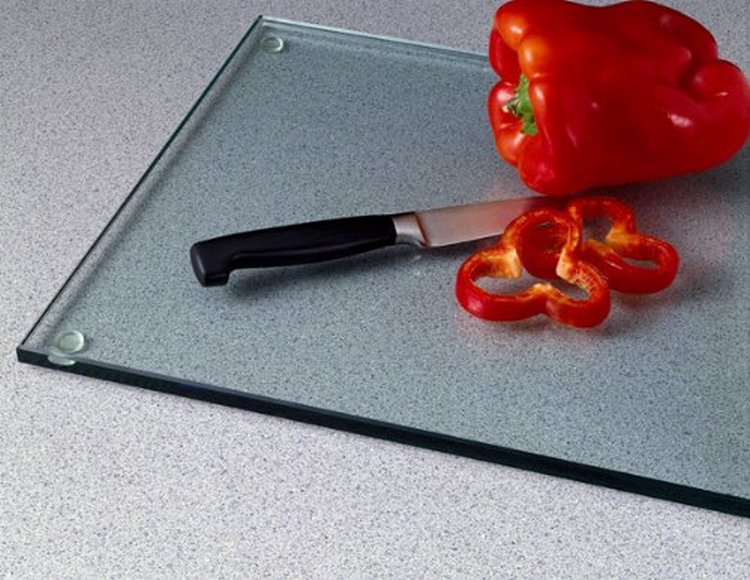
However, glass objects are fragile and noisy. They heavy, stick to the table if there are no special legs. Moreover, on them Knives become dull quickly.
Silicone
Very unusual material especially useful for a picnic somewhere in nature. Such things are easy to fold, wash quickly and efficiently, do not dull knives and do not absorb odors.
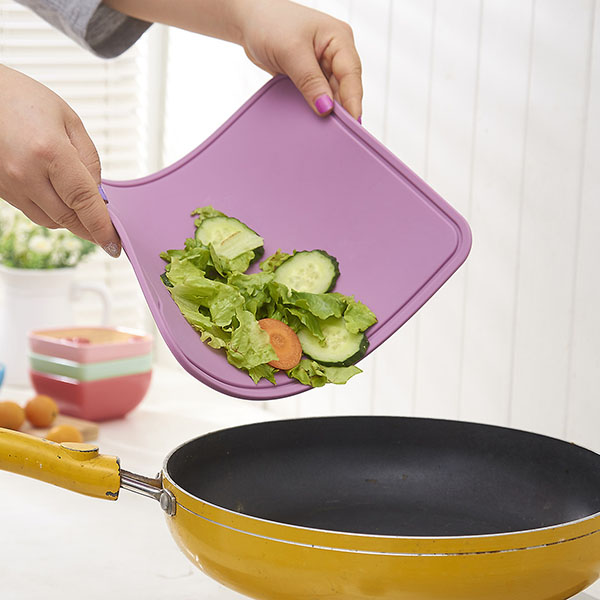
Stone
The most expensive and very durable material. It has all the advantages of the previous options. A plus will be amazing durability. Disadvantages include the weight of the product and the price.
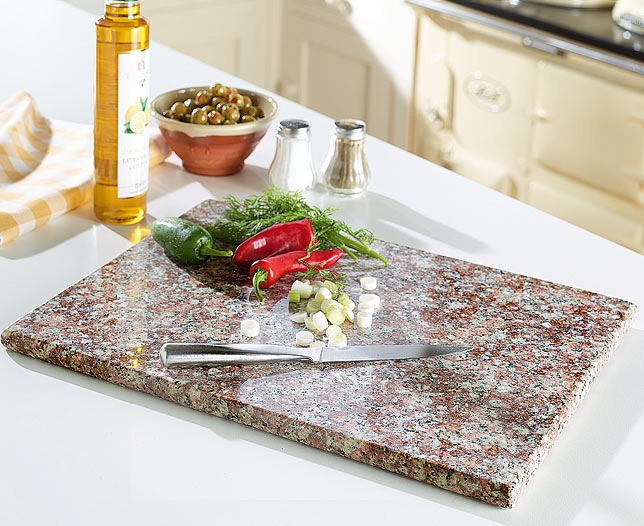
How to properly care for your cutting board
- Wooden objects must be scalded with boiling water and scraped periodically.
- It is not recommended to place wooden ones in the dishwasher: there they will get wet and delaminate.
- It is advisable to wash everything else with hot water and soap, wipe thoroughly and dry.
- Excellent disinfectants include vinegar, lemon, baking soda and salt. But the water must be removed away to prevent mold from growing.
Following these very simple rules will help you preserve your cutting items for a long time and use them with pleasure.




